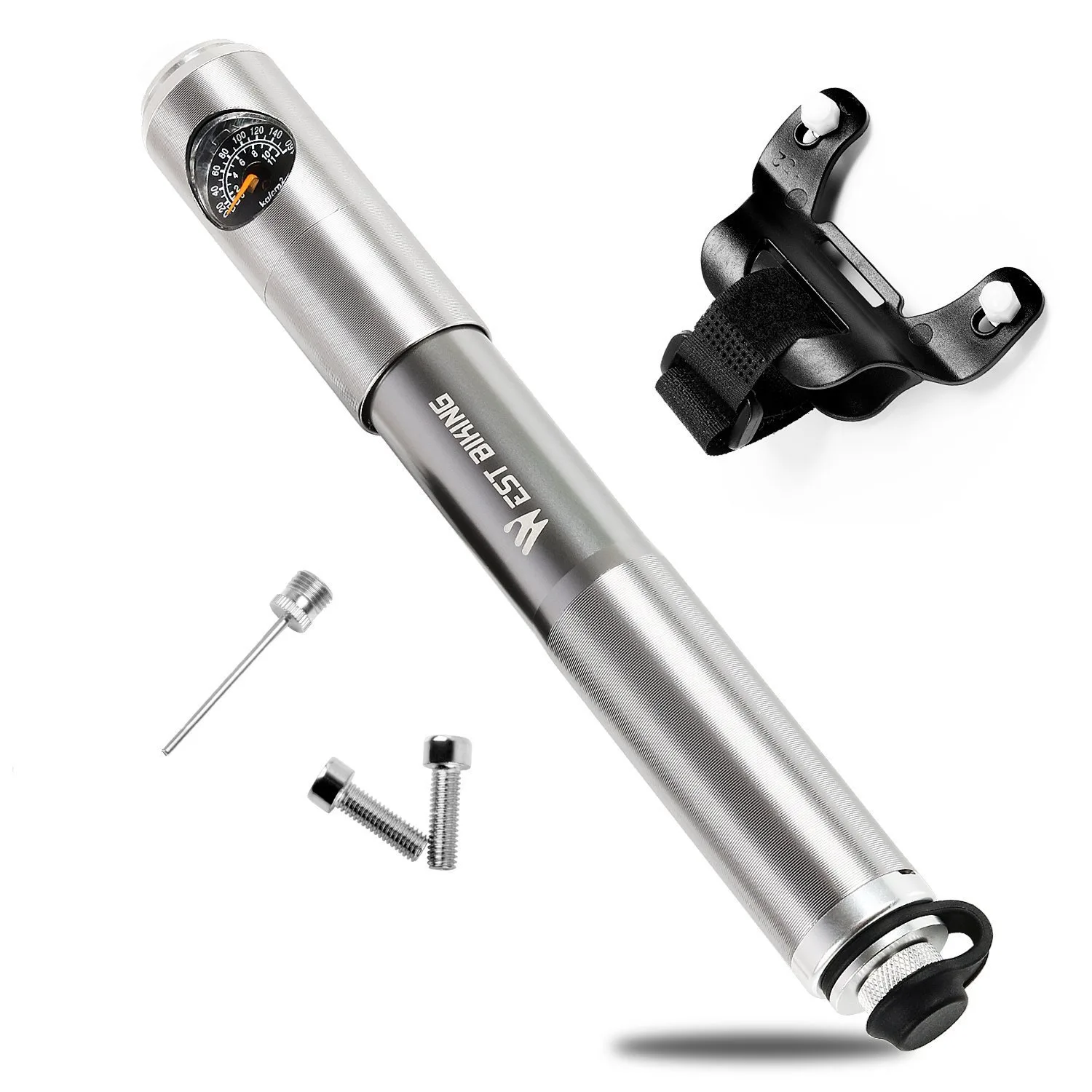Cycling has always been a popular mode of transportation and recreation, but in recent years, the rise of electric bicycles, or e-bikes, has added a new dimension to the age-old debate of e-bikes vs. traditional bicycles. Both options have their own unique advantages and disadvantages, catering to different needs and preferences. In this blog, we’ll delve into the pros and cons of e-bikes and traditional bicycles, helping you make an informed choice that suits your lifestyle.
E-Bikes:
Pros:
Assisted Pedaling: E-bikes are equipped with electric motors that assist you while pedaling, making uphill climbs and long-distance rides much easier. This feature makes cycling accessible to a wider range of individuals, including those with varying levels of fitness.
Extended Range: With an e-bike, you can cover greater distances in a single trip. The electric motor helps conserve your energy, and you can even use it to completely replace pedaling for a certain distance if you wish.
Eco-Friendly Commuting: E-bikes are environmentally friendly as they produce zero emissions. They can be a practical alternative to car commutes, reducing your carbon footprint and helping ease traffic congestion.
Speed and Convenience: E-bikes can reach higher speeds than traditional bicycles, allowing you to reach your destination faster. They also provide the convenience of arriving at work or social events without breaking a sweat.
Reduced Physical Strain: E-bikes are great for individuals with physical limitations, older riders, or those recovering from injuries. The electric motor helps alleviate physical strain and makes cycling more accessible.
Cons:
Cost: E-bikes can be quite expensive compared to traditional bicycles. The initial investment is higher, and maintenance costs can also be steeper due to the electric components.
Weight: E-bikes are heavier due to the added electric components. This can make them less practical for scenarios where you might need to carry your bicycle or transport it on a car rack.
Battery Life: E-bike battery life can be a concern, especially on long rides. You need to plan your trips carefully and ensure the battery is charged, or you might end up with a heavy, non-assisted bicycle.
Traditional Bicycles:
Pros:
Exercise and Health Benefits: Riding a traditional bicycle is an excellent form of exercise. It engages various muscle groups and promotes cardiovascular health. Plus, you’ll be getting fresh air and enjoying the great outdoors.
Low Maintenance: Traditional bicycles are simple machines with fewer components to maintain. This can result in lower long-term costs and less hassle.
Economic: Traditional bikes are generally more affordable than e-bikes. They’re a one-time purchase without the ongoing expenses of batteries or electric components.
Lightweight and Versatile: Traditional bicycles are lighter and easier to maneuver, making them great for city commuting, exploring urban environments, and even participating in competitive sports like road racing.
Cons:
Physical Exertion: While the exercise aspect is a pro for some, it can be a con for others. Traditional bicycles require physical effort, which can limit the distance and terrain you’re comfortable riding on.
Limited Speed: Traditional bicycles can’t match the speed of e-bikes, which may be a drawback if you need to cover long distances quickly.
Hills and Headwinds: Climbing steep hills and facing strong headwinds can be challenging and exhausting on a traditional bicycle, especially for those with less fitness or endurance.











